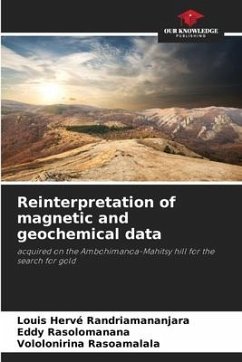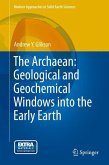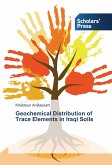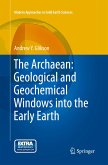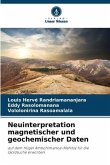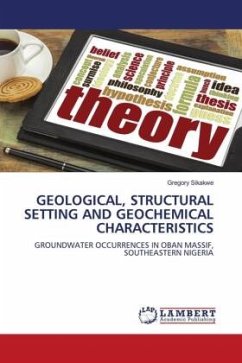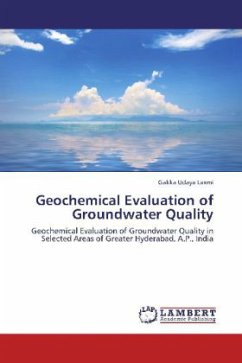The area studied is located in the Ambohimanoa district, a deposit of secondary types (eluvial, alluvial) of the crystalline basement of Madagascar. The region is mainly made up of gneissic rocks with sillimanite nodules, quartzites and migmatites with biotite which have relatively different magnetic properties. The work consisted of determining the metallotects of the gold mineralisation and locating the mineralised zones from the processing of remote sensing, petrography, mineralogy and geophysical (ground magnetics) data. The analysis of the results shows a fault that separates the deposits, one of which is related to quartz and sillimanite veins with a higher grade and strong magnetism located in the N-E part; the other of laterite, gneiss and quartzo-feldspathic rocks with a medium to low grade in the S-E part and in the centre. The relationship between gold mineralisation, lithological and structural controls and magnetic prospecting has been highlighted. This work can helpoperators to identify areas favourable for this mineralisation and serve as a guide for prospecting.

